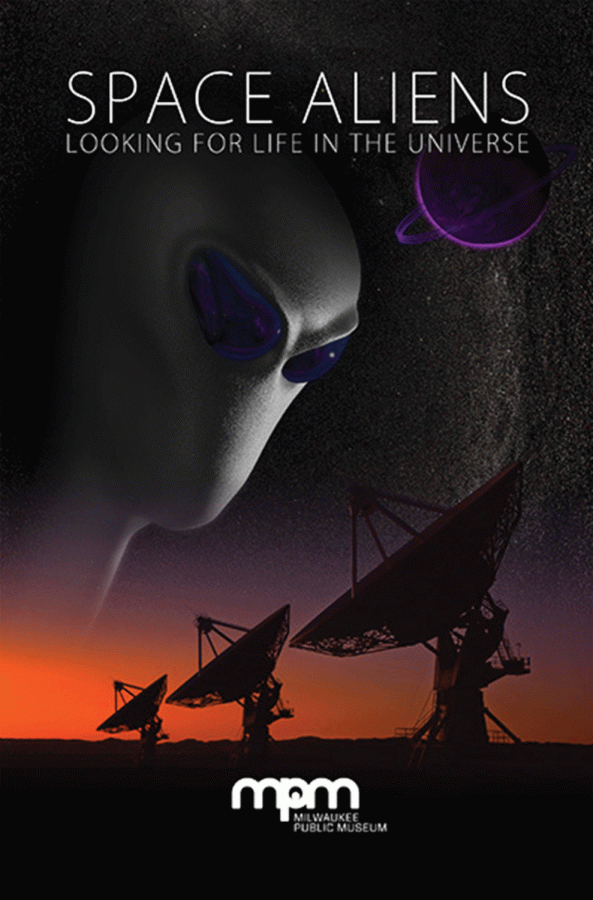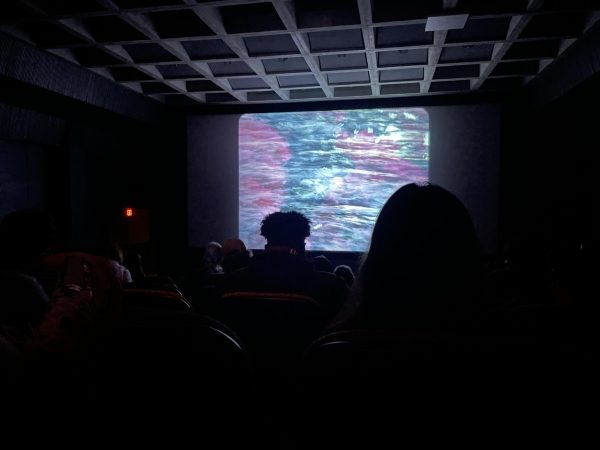Ho Vis Lab Is Out-of-This-World
The Ho Tung Visualization Lab in the Robert H.N. Ho Science Center screened Space Aliens and Stars of the Pharaohs, two brief but informational movies covering the possibility of life outside of our planet and how the ancient Egyptians understood and used the stars in their daily lives and beliefs on Friday, February 2.
The Vis Lab’s recent renovations, completed last summer, make for an out-of-this-world viewing experience with new reclining cushioned chairs, sound systems and projectors. As a humanities major, I would not say I’m the biggest science nerd out there, but I’m always up for a good discussion about extraterrestrial life. Yes, I’m a big believer in aliens. Not in a “tin hat conspiracy theory” kind of way, but in an “I know the universe is way too expansive for us to be the only ones” kind of way. Unfortunately, I was somewhat let down by the movies with their somewhat basic information, and out-of-date animation graphics. However, the weekly film screenings put on by Vis Lab every Friday and Saturday make the information accessible to people of all ages and interests. Senior Emily Hutto has been working in the Vis Lab for the last two years and agrees with this assessment.
“[The Vis Lab] is a cool place because it brings in people from Hamilton and Professors with their kids as well, not just Colgate Students,” Hutto said.
The Vis Lab has a lot of potential to be a favorite place on campus for students, but seems to be overlooked as one of Colgate’s assets.
“I don’t think a lot of students know about the Vis Lab. We’ve discussed screening normal IMAX movies in here but we just haven’t been able to gauge interest because of it,” Hutto said.
Apart from these film screenings, the Vis Lab is also open during the week for school group field trips ranging from elementary school to high school. In addition to attending a film screening, visiting students are taken on tours around the green house and the geology museum, both located in the Ho Science Center as well. The Colgate students who work in the Vis Lab lead these tours and operate the technical equipment.
“It’s a lot of fun because kids always ask the best questions, but having to tell 30 kids not to touch the glass when they all want to touch the glass can also be exhausting,” Hutto said.
The jobs of the students who help run the Vis Lab are definitely multifaceted. Not only are Colgate students able to operate the equipments and give tours, they also need to be able to give two Star Talks, one that takes place between the film screenings and one after. These Star Talks are a comprehensive guide for the audience on what the night sky looks like at the moment of viewing, the constellations one might be able to spot, their Greek origin stories, as well as various planets and galaxies visible in the sky. Needless to say, when I attended this past screening Hutto’s witty explanations of the night sky waere stellar.
The Ho Vis Lab has also been collaborating with different departments in order to broaden the spectrum of interest. It is to be expected that the Vis Lab would be frequented by astronomy classes, as its dome provides a safe and comfortable viewing space compared to the frigid temperatures one would need to withstand in order to see the actual night sky, but other departments such as history and biology have begun using the space as well with successful results.
Contact Alex Weimer at [email protected].








